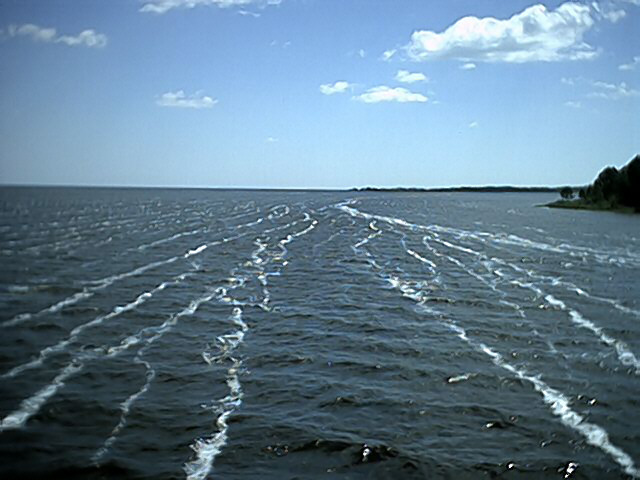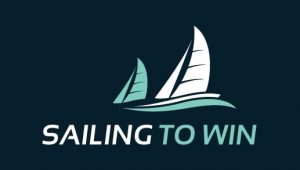

Consider Current When Planning a Race. An excerpt below from an interview that I did on the subject of Current and How to Plan for it with Professional Sailor and International Sailing Coach Andrew Palfrey.
It’s important to know what the tide is doing, what observations do you make on the course in assisting you to know where to go?
Ideally, you have pre-gamed the strategy based on the tidal strength, the times and the course location. Consider Current When Planning
It’s good to validate all of the above by physically checking the current, either by tossing an object by a fixed mark or with your eye as you pass marks through the race
Big picture, I’d make decisions based upon what effect the current might have on a leg, but also factoring in the characteristics of the wind. IE: if there is current, but it the same side-to-side on the race track, I would cancel that out and focus more on the wind.
If the current does favour one side, but the wind-shifts / velocity are really big, I would prioritise the wind.
If I can’t see any difference in the wind from side to side, or the True Wind Direction is steady-state, I would put more emphasis on the tide strategy.
Lay-lines play a bigger part in current, as people will make mistakes with this and over-lay (or underlay at the top mark and hit the mark). I’d be conservative on my laylines and hope to pick up some gains there.
How do you gather local knowledge regarding tides and currents?
We are very fortunate these days to have so much info on the internet that is easy to access. There are also books on the tidal flow in places where the tide plays a big factor.
Talking to locals regarding local effects like shadows and eddy’s is also key. I’d make sure I do this for bigger events. Consider Current When Planning.
Sometimes the best resource is your own experience in practice racing prior to the event and the early races of a regatta.
- What happened?
- When did it happen relative to the cycle?
- Where did it happen?
- Why did it happen?
- Which of the resources you looked at prior to racing were the most accurate in retrospect?
- What can you trust moving forward?
The depth of the water across the course will affect tidal flows as will the topography of the bottom, do you take this into account?
Yes, this is fundamental to tidal strategy. Knowing where you are relative to the depth changes is fundamental to sailing the tide well. Also knowing how quickly the depth changes in different areas, as the flow is generally faster in areas of tighter depth gradients.
In learning the Solent (where I now live), it is really interesting watching good local sailors place the boat. I think that is where I have learnt the most.

